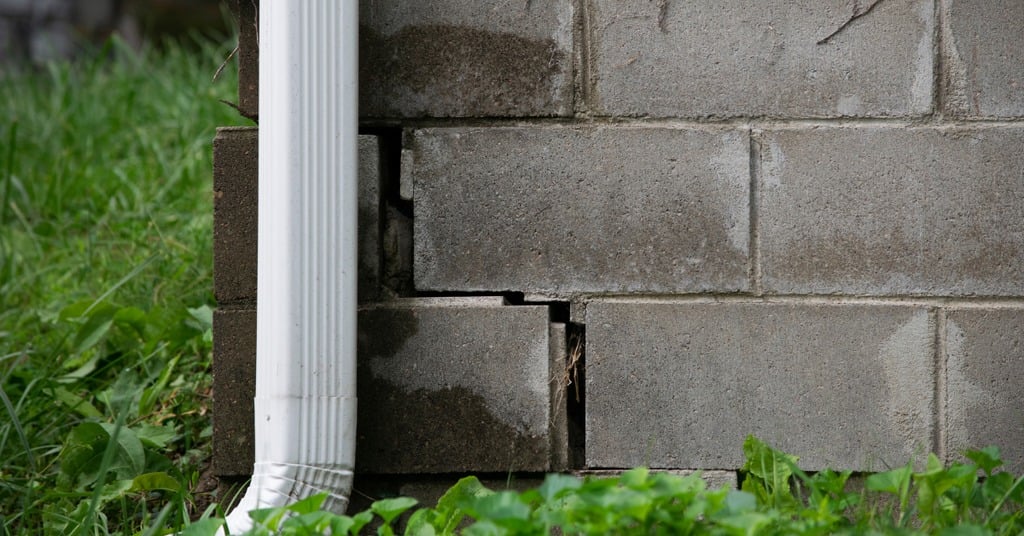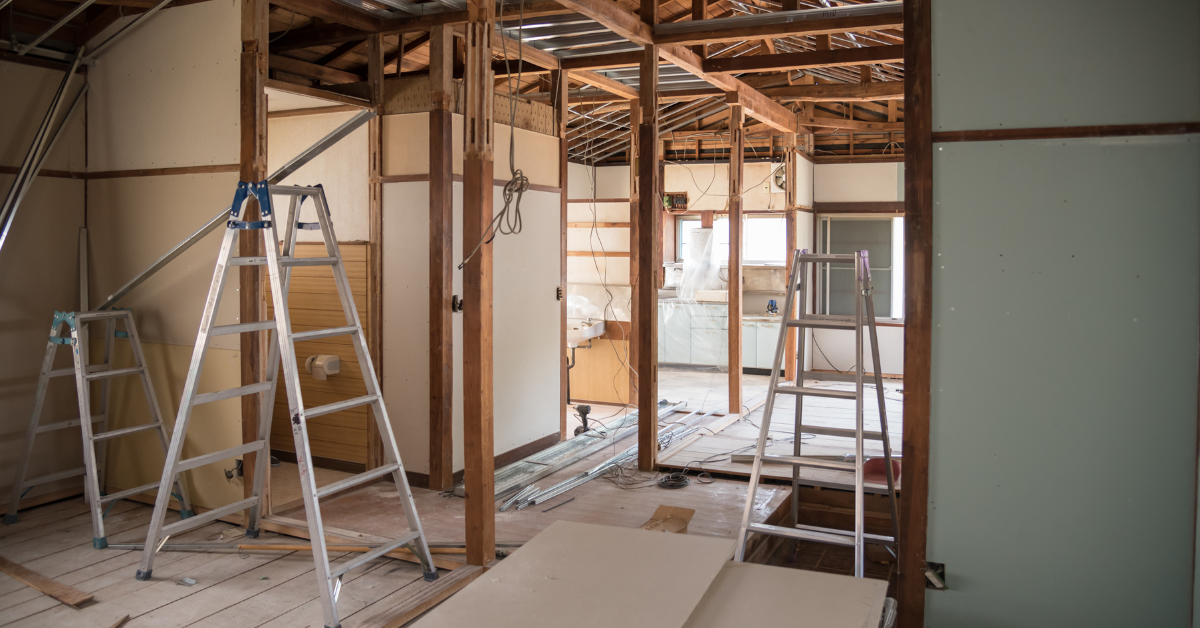If you’re eyeing an Eastside home that needs serious work, is it a smart investment—or a money pit? In short: it’s worth it when the location, structure, and your risk tolerance align. It’s not when hidden issues, financing constraints, or market conditions tip the balance against you.
Here’s how to tell which side you’ll land on.
Why Buyers Consider Fixer‑Uppers
Fixer-uppers tend to attract buyers for a few compelling reasons. Homes needing repair typically sell for less than their turnkey counterparts, creating an opportunity to enter desirable neighborhoods at a lower upfront cost. This price differential often creates room in your budget for renovations—if you manage those costs wisely.
There’s also the appeal of customization. Buying a fixer means you can redesign the home to reflect your tastes, rather than settling for someone else's vision. From layout to finishes, you control the aesthetic and functional outcome. When managed strategically, this level of customization can also boost long-term equity gains.
Another reason? Reduced competition. Many buyers shy away from properties that need work, which can lower bidding pressure and give you more negotiating power. In tight markets like the Eastside, that can be a critical edge.
When a Fixer‑Upper Might Be Too Much Risk

Despite the appeal, many fixer projects cross the line into financial or logistical overreach. The most critical red flags involve the structure and major systems of the home. If the foundation is compromised, or if there’s widespread water damage, rot, or structural movement, the renovation scope may balloon into unmanageable territory. Similarly, if multiple core systems—roof, electrical, HVAC, plumbing—all need replacement, the costs quickly compound.
Hidden surprises can also derail your plans. Mold behind walls, outdated or hazardous wiring, pest infestations, and incorrect past repairs often surface after the work begins, not before. A Reddit user shared how their Eastside fixer had gypsum board cladding and widespread water damage behind the siding—a costly discovery that didn’t show up in the initial inspection.
Financing can be another hurdle. Many lenders won’t approve loans for homes in poor condition, especially if you’re using low down payment or government-backed programs. Even with renovation loans like FHA 203(k), you'll face strict criteria and extra oversight. Conventional buyers may explore alternatives such as Fannie Mae HomeStyle® Renovation.
Time and disruption also matter. Living through construction, coordinating with contractors, managing delays, and absorbing unexpected costs all add significant stress. If you're working on a tight move-in timeline, a fixer could be an impractical choice.
Then there’s the issue of resale value. Over-improving your home beyond neighborhood norms rarely pays off. If your total investment (purchase + reno) exceeds what nearby upgraded homes sell for, your upside is limited. And in the Eastside, strict permitting, labor shortages, and aging housing stock from the '70s and '80s add complexity. Homes built before 1978 may contain lead-based paint; see the EPA’s Lead Renovation, Repair and Painting (RRP) Program for safety requirements before remodeling.
How to Stress-Test a Fixer Opportunity

To evaluate whether a fixer-upper is worth pursuing, assess it through these seven key lenses:
Location and land value: Is the home in a high-demand area with strong resale potential? If not, you may struggle to recover your costs.
Structural integrity: Are the bones solid—foundation, framing, and envelope? If these are failing, proceed with extreme caution.
System health: Has at least some infrastructure been updated? If every major system needs full replacement, it’s a red flag.
Contractor availability: Can you get reliable bids, and are the contractors willing to take it on? Uncertainty here is costly. Always verify licensing and insurance using the Washington L&I Verify a Contractor tool before hiring.
Budget buffer: Do you have 20–30% over your projected costs to cover surprises? Renovation overruns are the norm, not the exception.
Timeline tolerance: Can you handle delays and disruption? If not, a fixer may cause more stress than it’s worth.
Resale comparables: Will the after-renovation value still make sense relative to nearby homes? Compare your projected ROI using the Cost vs. Value Report – Seattle, WA, which shows average returns for top renovation projects across the Eastside. If you’re capped out on price, the investment return may fall flat.
When It Makes Sense
Fixer-uppers can be a wise move if you’re playing the long game. For example, if you’re determined to live in a specific area and the only homes in your budget need work, a fixer could be the right path—especially if you plan to stay for many years. This strategy works well if you’re comfortable with project management or have reliable contractor relationships.
Other strong signals: the home has solid bones, your inspections show manageable risk, and the total investment still leaves you with a margin below the area’s renovated home values. If you’re able to phase your renovations over time or focus first on essential systems, you can balance budget and livability while increasing your home’s long-term value.
When to Walk Away
You should step back if the home has serious structural flaws, all systems need immediate replacement, or inspections uncover hidden hazards like mold, pests, or water intrusion. Also, walk away if your lender won’t approve the property as-is or if your renovation costs push your total investment too close to the neighborhood ceiling. If you lack the bandwidth, buffer, or appetite for disruption, even a low purchase price may not justify the stress.
Final Thoughts
Buying a fixer-upper on the Eastside can be incredibly rewarding, but only if you approach it with clear eyes, strong reserves, and realistic expectations. For many buyers today, the premium for a turnkey home may be a better tradeoff than the uncertainty of a renovation.
Book a strategy call with Alina to take the next step with confidence. Whether you're weighing a fixer or searching for move-in-ready options, connect with Alina Araujo to explore what makes the most sense for your goals.


